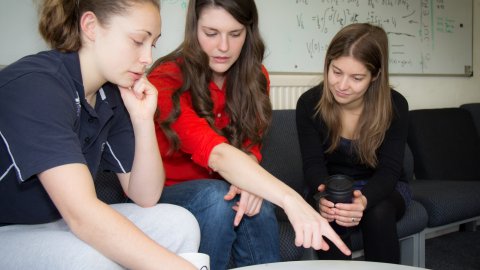Explicit Non-Abelian Chabauty via Motivic Periods
Abstract
We report on a line of work initiated by Dan-Cohen and Wewers and continued by Dan-Cohen and the speaker to explicitly compute the zero loci arising in Kim's non-abelian Chabauty's method. We explain how this works, an important step of which is to compute bases of a certain motivic Hopf algebra in low degrees. We will summarize recent work by Dan-Cohen and the speaker, extending previous computations to $\mathbb{Z}[1/3]$ and proposing a general algorithm for solving the unit equation. Many of the methods in the more recent work are inspired by recent ideas of Francis Brown. Finally, we indicate future work, in which we hope to use elliptic motivic periods to explicitly compute points on punctured elliptic curves and beyond.


